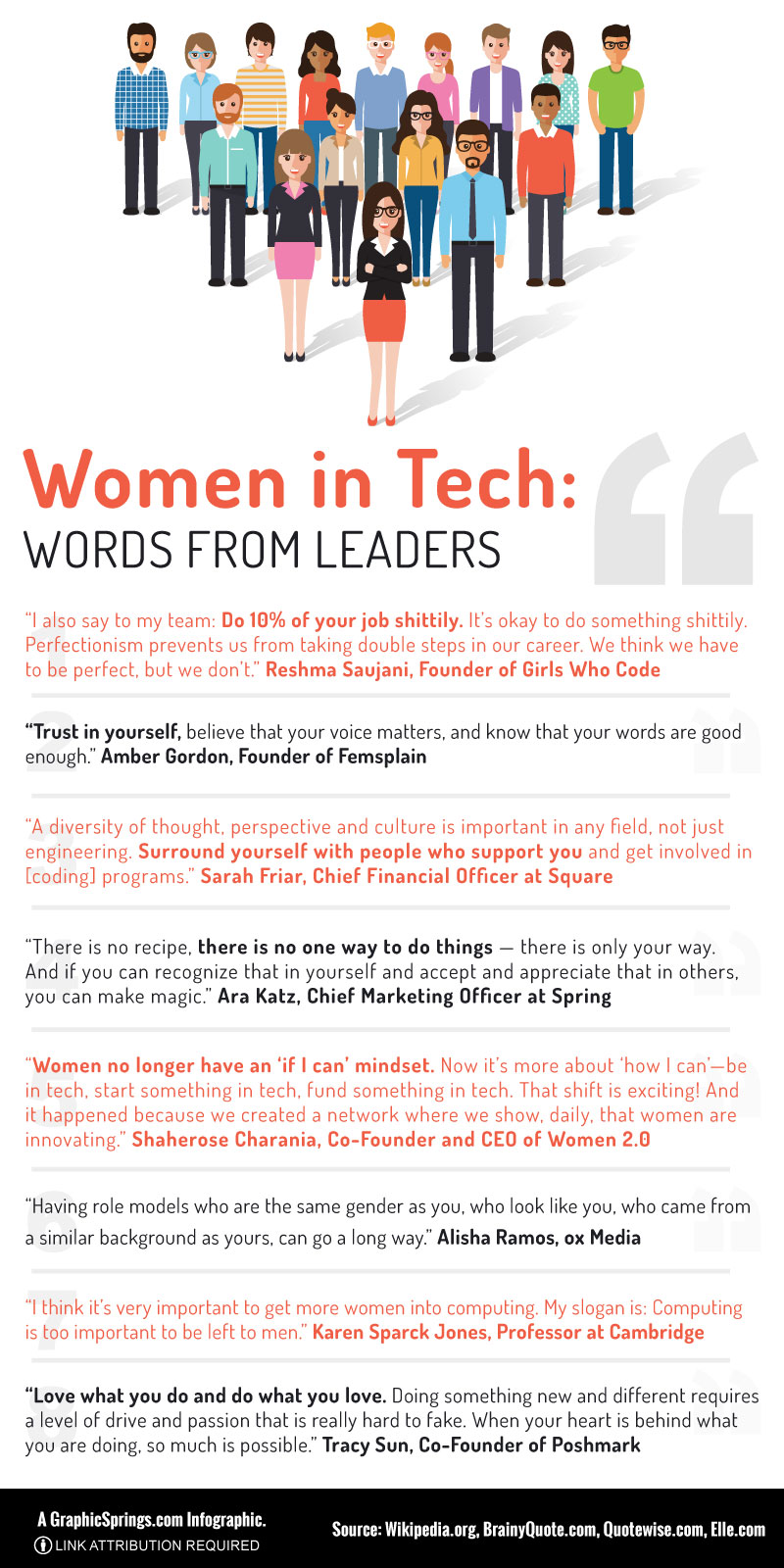Guest contributed by Terri R. Kurtzberg and Jennifer L. Gibbs
There’s an old joke that says that if a man wants to know what a woman’s mind feels like, he should imagine having a browser with 2,857 tabs open ALL THE TIME. Indeed, we do, as a society, promote the image of women as multitaskers—balancing the needs not only of our families alongside our careers but also serving in caretaking roles as well as more content-filled ones, even in the workplace. In addition, many have noted of late that women are predominantly the ones who are expected to keep track of information—across domains—in their heads. While there may be some real truth to the fact that expectations for women’s roles and knowledge do cross boundaries more often (in the big picture sense as well as in the minutes-of-the-day sense), there’s also a great fallacy in this line of thought.
Unfortunately, the truth (as we know it from cognitive science research) is that human brains, of any gender, are poorer at multitasking than is generally thought to be the case*. Our brains just weren’t meant to do the amount of parallel-processing that we so often attempt in today’s world. So, for example, trying to answer a text message while still holding onto the thread of a conversation or meeting already in progress is generally not fully successful. It may be successful enough—that is, it may be possible to string together enough of the information in the conversation or presentation even though there are gaps in what you heard or could process while you attended to something else—but there are two problems with this. First, there are indeed gaps, since our brains in fact cannot process two language-based tasks at once, and so we don’t always know what it is that we missed and whether it would have been important to our overall understanding of the topic.** Second, there is the issue of burn-out.*** Simply put, it is exhausting to have multiple streams of unfinished business (or “open tabs”) ongoing in the mind. Most people, but perhaps women especially, underestimate the toll that this takes. We assume that through sheer force of will, we can be successful at keeping all the balls in the air.
Thus, while research on distraction and multitasking has not yielded strong differences in the way it plays out for men and women, there certainly are important lessons for women aiming to make strides into higher positions. These fall into three categories:
- Know thyself: Understand that we are doing ourselves a disservice by constantly trying to keep track of too many things simultaneously. Then, do an “audit” for yourself by watching your behaviors and your incoming messages for a week. How many of them actually needed your attention immediately? Find the worst offenders, and make changes. Turn off notifications for blocks of time, set expectations by letting people know (perhaps through an outgoing email note) that you will respond to messages at the end of each day and not continuously, but to do X in case of truly time-sensitive needs, and remove your phone from your line of vision whenever possible.
- Know that you are being watched: People see you on the phone when you are in front of them. They can even reliably tell when you’re not listening with your full attention even if you’re not visible (say, on a conference call or one-on-one phone call). And yes, they absolutely do think differently of you for this lack of focus.**** Give the gift of your full attention. If you do need to pull your attention away, own up to it by explaining why to those engaging with you.
- Know the power of setting the tone from the top: Leaders have an opportunity to step in and make decisions to help rein in the problems stemming from the over-use of mobile devices. For one thing, there is a strong “monkey see, monkey do” effect that happens with respect to use in the professional setting. This problem is exacerbated since communication technologies have only existed for a tiny sliver of time, relative to human development, and continue to change so rapidly. Therefore, the “rules” are still being established for when and where it is appropriate to be engaged with technology instead of with the surrounding people. Being the social animals that we are, we are thus very tuned in to watching how other people are using their mobile devices, and tend to follow suit. For example, it is common to see one person bring a laptop to a meeting one week, followed by a whole crowd of people with their laptops open the next week. Similarly, seeing your colleagues answer emails at all hours of the night and on weekends put tremendous pressure on you to follow suit—a pattern that results in both lower productivity and higher turnover. These slippery slopes can be avoided by a wise manager attuned to the dangers of too much connection, and who makes explicit policies to the contrary.
Women are indeed pulled in many directions at once, and do keep track of many, many different “open tabs” each and every day, especially as they rise to higher levels at work. However, it is important to understand the natural limitations on human cognition as new technologies stretch the amount we ask of ourselves and our minds. Only then can you best out of yourself and those who count on your leadership.
*Ophir, E., Nass, C., and Wagner, A. D. (2009). Cognitive control in media multitaskers. Proceedings of the National Academy of Sciences USA, 106, 15583-15587.
**Bowman, L. L., Levine, L. E., Waite, B. M., and Gendron, M. (2010). Can students really multitask? An experimental study of instant messaging while reading. Computers & Education, 54, 927-931.
***Wajcman, J., & Rose, E. (2011). Constant connectivity: Rethinking interruptions at work. Organization Studies, 32, 941-961.
****Kurtzberg, T.R, Naquin, C. E., and Krishnan, A. (2014). The curse of the blackberry: Multitasking and negotiation success. Negotiation Journal, 30.














